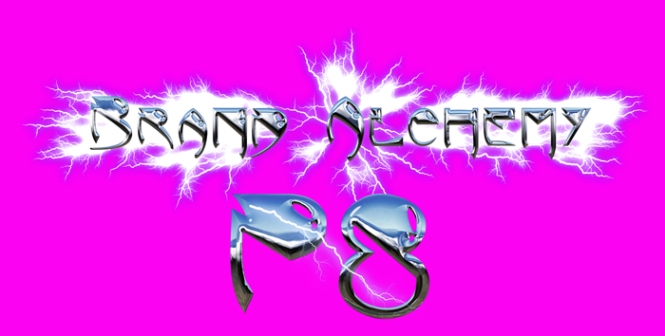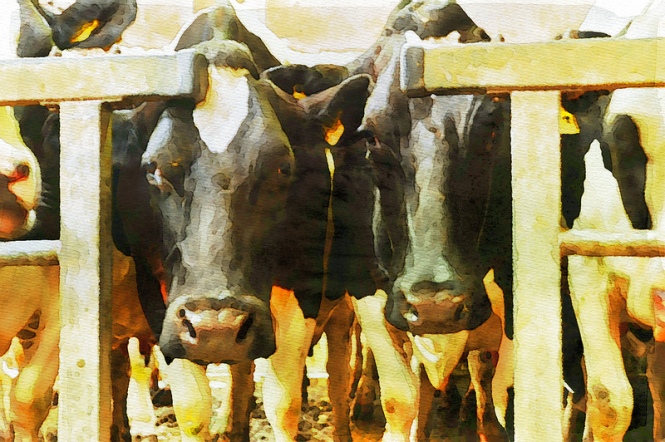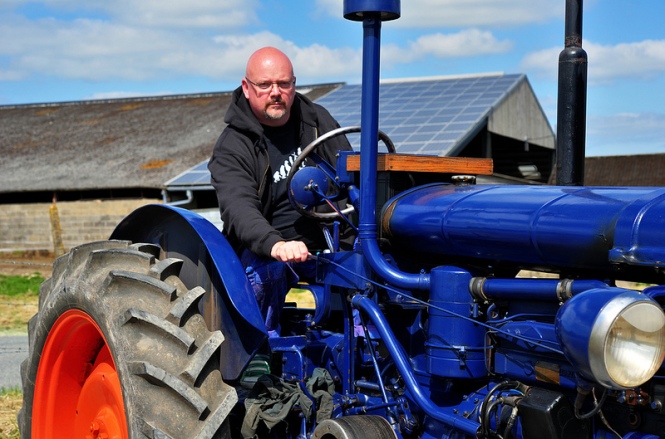Sense-Check
It’s an interesting phrase in English, “Let’s just sense-check that…” But what does it mean? Well it means to check out the data, the numbers, the facts to see if they add up and make logical sense. It’s a great manifestation of Mathematical-Logical Intelligence.
But I’m a Creative. I like to find new meanings – or even make new meanings.
You see (and hear and feel and taste and smell) we all use our senses to check out if something ‘makes sense’ to us. It’s more than just logic, it’s sensory. Empirical data judged through the senses.
This is a fundamental principle of my approach to Accelerating Learning. The more senses one layers to make a point, the faster that point gets across to the learner, and the more ‘sense’ it makes. Many traditional communicators rely on one-sense-only to make a point. If the audience doesn’t prefer that specific sensory channel, there can be a mis-match and a danger of communicating ‘non-sense’.
So, in Accelerating Learning, I encourage the trainers, teachers and communication professionals I work with to ‘GO VHF’ – to help every target group ‘tune into’ their broadcast.
In radio language, do you know what ‘VHF’ stands for?
‘VHF’ stands for ‘Very High Frequency’. You can have a ‘Very High Frequency’ of success in engaging your audience if you layer another VHF, the VHF of ‘Vision’, ‘Hearing’, and ‘Feeling’ (in the physical and emotional senses.) The ‘GO’ stands for ‘Gustatory’ (sense of taste) and ‘Olfactory’ (sense of smell). I have a few programmes that use scent and taste to make the learning point, but usually I layer just Vision, Hearing and Feeling. Those three strands, woven together, are not easily resisted!
What then if we were to reframe ‘Sense-Check’ to mean the physical senses? To sense-check our information, a client would literally check in with their senses to see/hear/feel if our message was congruent, consistent and convincing.
For marketing professionals or anyone with an important message, this then becomes a great strategy for influencing with integrity. You would answer three questions:
- How can I present this message in a visually compelling way to my target group?
- How can I enrich the sound component so that it is sonically alluring?
- What can they touch and physically interact with to convince them of the quality of my offering?
Isn’t this why top brands choose known vocal talents to sell their product? Isn’t this why we have visual celebrity endorsements of products or services? Isn’t this why some stores have the invitation to ‘please touch’ on some soft furnishings?
If you want to pass the ‘Sense-Check’ – check out the ways your message makes sense!!!

 P1 = Product
P1 = Product




